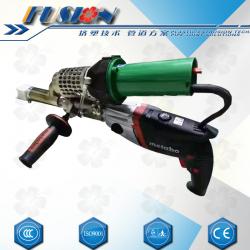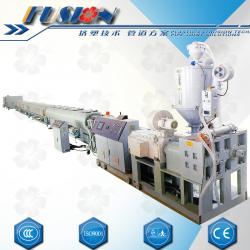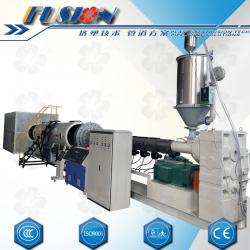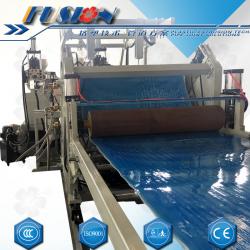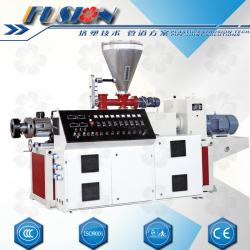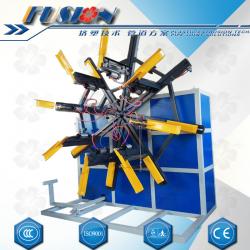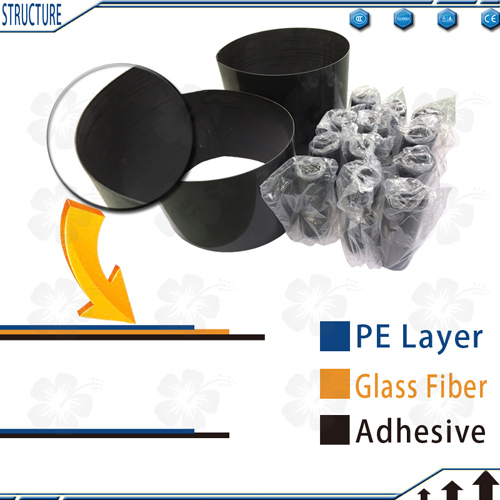Encyclopedia of Heat Shrinkable Sleeves
History
The first heat-shrinkable sleeves were introduced as polyethylene pipeline coatings started to replace bituminous or tape coatings in the oil and gas industry. At the time, the processing for polyethylene to make the sleeve backing was new technology and the adhesives used in sleeves were much the same as those used on pipeline coating.
The technology used to make sleeves has advanced significantly since then, with new methods of cross-linking the backings and new-generation adhesives that are formulated to provide performance under more-demanding pipeline conditions.
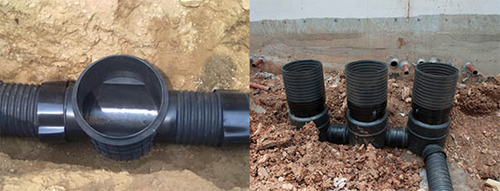
Composition & Manufacture
An adhesive is then applied to the sheet and various manufacturers use proprietary techniques depending on the type, viscosity and melting temperature of the adhesive. The adhesive is the key to ultimate performance of the installed system, which is why different adhesive types will be specified depending on the pipeline operating conditions.
The adhesive has many functions; it adheres the installed sleeve to the steel at the coating cutback and mainline coating, it resists shear forces imparted by soil pressure after the pipeline is buried and provides long term corrosion protection to the steel. The choice of which adhesive to use is based on the pipeline design and operating conditions. As an example, for small diameter flow lines operating at ambient temperatures, a soft mastic-based adhesive may be chosen, while on large diameter pipelines operating at higher temperatures, a hard, semi-crystalline hot-melt adhesive is used. The adhesive needs to be chosen based on its corrosion protection properties, adhesion strength, and resistance to shear forces imparted by pipe movement and the effects of soil pressures.
The coated sheet is then cut into individual sleeves suitable for application on a pipeline. As mentioned before, the sheet is stretched and wants to recover when heated, so a sealing strip or “closure” is applied during sleeve installation so that the sleeve will stay in place during and after recovery.

Please click here to check more.
Epoxy Primer
A final component is an optional epoxy primer. Primers for heat-shrinkable sleeves work in the same manner as an FBE primer does when it is specified on 3-layer polyolefin pipeline coatings and is typically applied between 150 µm and 300 µm thick. Usually, the primer of heat shrinkable sleeve is two components non-solvent Epoxy, one is primer base and the other is curing agent.
Main Standards and certificates
DVGW,
ISO 21809-3,
EN 12068,
DIN 30678,
NACE SP 0303,
Shell standard
For more information on Fusion-Plastech plastic sheets extrusion line, pls click www.fusion-plastech.com. Cell/Whatsapp: +86 18661986585, Email: [email protected].
References:
https://en.wikipedia.org/wiki/Heat-shrinkable_sleeve
- About Us
- Company Introduction
- Contact Us
 [email protected]
[email protected] gongsong2010
gongsong2010 +86 18661986585
+86 18661986585


